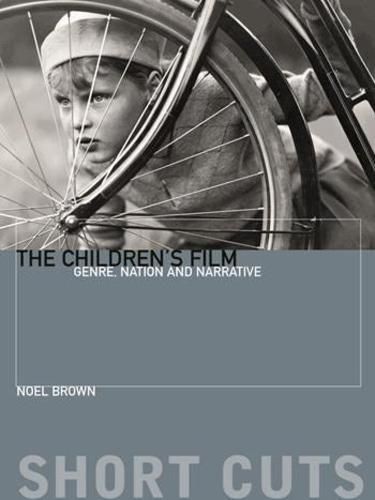Readings Newsletter
Become a Readings Member to make your shopping experience even easier.
Sign in or sign up for free!
You’re not far away from qualifying for FREE standard shipping within Australia
You’ve qualified for FREE standard shipping within Australia
The cart is loading…






Films for children and young people are a constant in the history of cinema, from its beginnings to the present day. This book serves as a comprehensive introduction to the children’s film, examining its recurrent themes and ideologies, and common narrative and stylistic principles. Opening with a thorough consideration of how the genre may be defined, this volume goes on to explore how children’s cinema has developed across its broad historical and geographic span, with particular reference to films from the United States, Britain, France, Denmark, Russia, India, and China. Analyzing changes and continuities in how children’s film has been conceived, it argues for a fundamental distinction between commercial productions intended primarily to entertain, and noncommercial films made under pedagogical principles, and produced for purposes of moral and behavioral instruction. In elaborating these different forms, this book outlines a history of children’s cinema from the early days of commercial cinema to the present, explores key critical issues, and provides case studies of major children’s films from around the world.
$9.00 standard shipping within Australia
FREE standard shipping within Australia for orders over $100.00
Express & International shipping calculated at checkout
Films for children and young people are a constant in the history of cinema, from its beginnings to the present day. This book serves as a comprehensive introduction to the children’s film, examining its recurrent themes and ideologies, and common narrative and stylistic principles. Opening with a thorough consideration of how the genre may be defined, this volume goes on to explore how children’s cinema has developed across its broad historical and geographic span, with particular reference to films from the United States, Britain, France, Denmark, Russia, India, and China. Analyzing changes and continuities in how children’s film has been conceived, it argues for a fundamental distinction between commercial productions intended primarily to entertain, and noncommercial films made under pedagogical principles, and produced for purposes of moral and behavioral instruction. In elaborating these different forms, this book outlines a history of children’s cinema from the early days of commercial cinema to the present, explores key critical issues, and provides case studies of major children’s films from around the world.